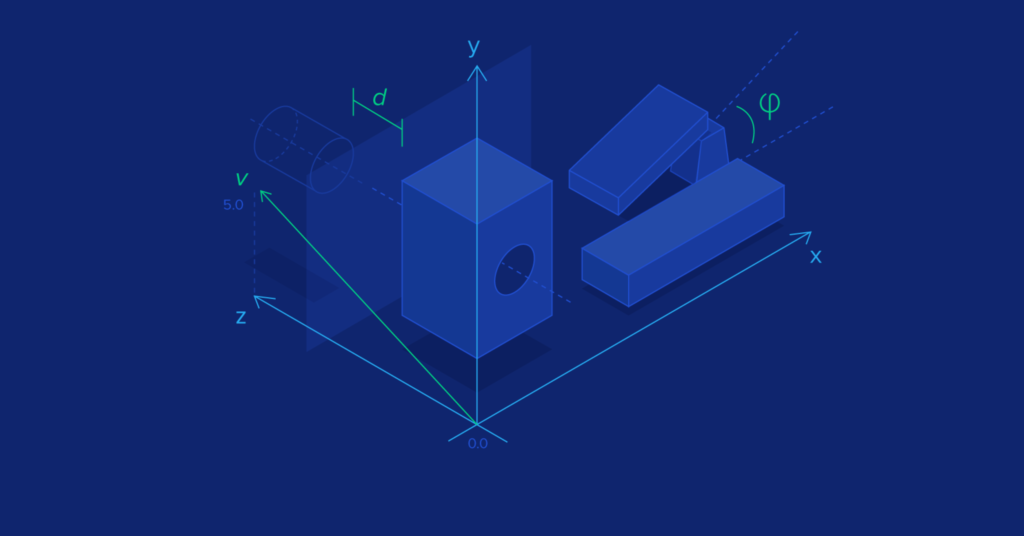Game development has evolved, with physics enhancing realism and player experience. This guide covers key aspects of physics in games, creating immersive experiences.
Understanding the Basics of Physics in Game Development

Physics in game development is the process of modeling real-world physical phenomena in order to produce more realistic gaming settings. Gravity, collision detection, and fluid dynamics may all be simulated.
Implementing these effectively may greatly increase the quality of your game.
Key Components of Physics in Game Development
- Rigid Body Dynamics: This involves the simulation of solid objects. Understanding how objects move and interact is crucial. Rigid body dynamics covers aspects like mass, velocity, friction, and collision response.
- Collision Detection and Response: Detecting when objects collide and responding appropriately is vital. This includes calculating impact forces and determining how objects should react, such as bouncing off each other or coming to a halt.
- Soft Body Dynamics: This refers to the simulation of deformable objects, like jelly or cloth. Soft body physics require more complex calculations but add a significant layer of realism to your game.
- Particle Systems: These are used for simulating elements like fire, smoke, and explosions. Particle systems involve managing a large number of small particles to create these effects.
- Fluid Dynamics: Simulating liquids can add a great deal of realism. Fluid dynamics deal with how liquids flow and interact with other objects in the game world.
Tools and Engines for Physics Simulation
Many game development engines have built-in physics engines. Some of the more popular ones are:
- Unity: Unity uses the NVIDIA PhysX engine, which provides a wide range of physics capabilities.
- Unreal Engine: Unreal Engine also uses PhysX and has extensive support for physics-based gameplay.
- Godot: Godot has its own physics engine and offers a great deal of flexibility and control.
Implementing Physics in Unity

Unity is a popular game development engine that makes it easy to add physics. Here’s a step-by-step tutorial for introducing basic physics to a Unity project.
- Add Rigid body Component: Select the object you want to apply physics to, then add a Rigid body component. This will enable the object to interact with Unity’s physics engine.
- Adjust Rigid body Properties: You can tweak properties such as mass, drag, and angular drag to fine-tune how your object behaves.
- Add Colliders: To make sure your object can detect collisions, add a Collider component. Unity offers various colliders like Box Collider, Sphere Collider, and Mesh Collider.
- Apply Forces: Use scripts to apply forces to your objects. This can be done using methods like
Rigid body.AddForcefor linear forces orRigid body.AddTorquefor rotational forces. - Test and Iterate: Testing is crucial. Play your game, observe how the objects behave, and make adjustments as necessary.
Best Practices for Game Physics in Game Development
- Optimize for Performance: Physics calculations can be resource-intensive. Use simple collisions whenever possible and limit the number of physics interactions.
- Maintain Realism: While it can be tempting to exaggerate physics for effect, maintaining a level of realism is important for player immersion.
- Use Physics Sparingly: Not every object in your game needs to have complex physics. Use physics where it adds to the gameplay experience.
Common Challenges and Solutions
- Performance Issues: Physics simulations can slow down your game. Optimize by reducing the number of active physics objects and simplifying collision meshes.
- Unrealistic Behaviors: Sometimes, objects may behave in unexpected ways. Ensure that all physics properties are set correctly and debug using visualization tools provided by your engine.
- Complex Interactions: Simulating complex interactions like soft body dynamics can be challenging. Start with basic interactions and gradually add complexity.
Conclusion
Physics in game development may enhance the player experience by adding realism and depth. You can effectively include game physics into your games if you understand the key components, use the right tools, and follow best practices.
Always remember to thoroughly test and optimize for performance to ensure a smooth and pleasurable gaming experience.
In the world of game development, understanding physics is an important skill that may make your game stand out. Begin experimenting with physics in your projects right now to see how it boosts immersion and interactivity in the gaming environment.
